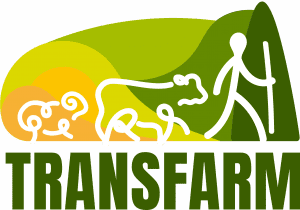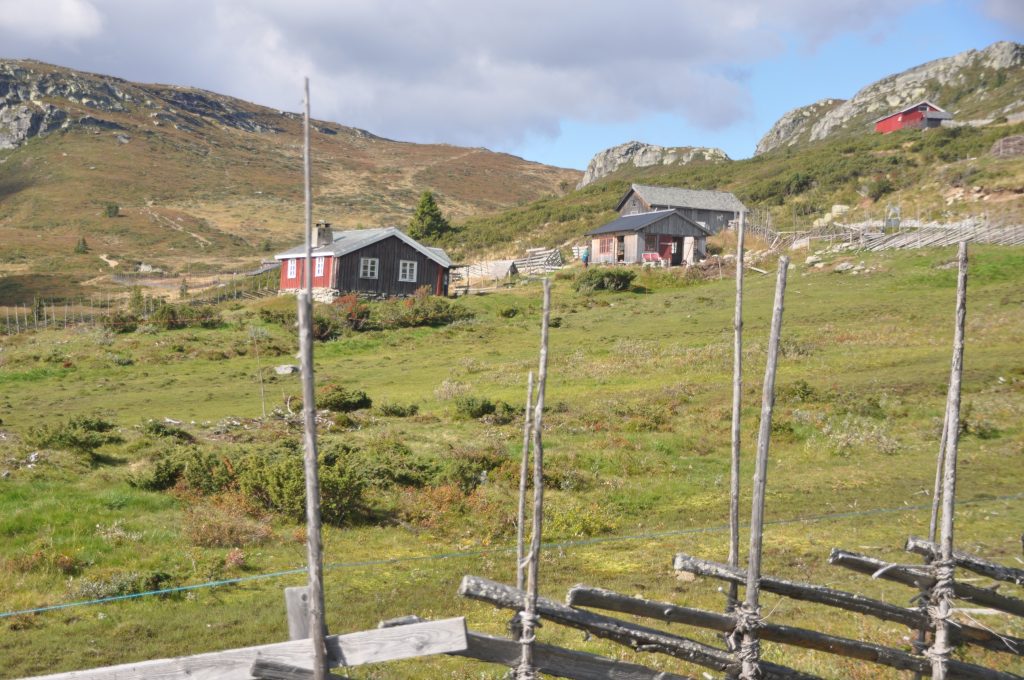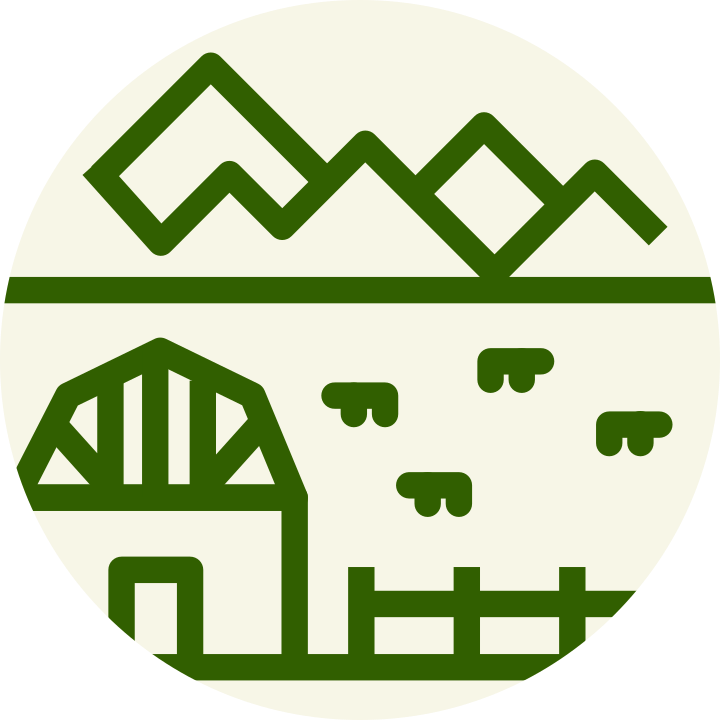The summer farming practice is based on local processing of goat milk. A mobile ‘dairy trailer’ is used to produce and sell products such as milk and different types of cheese. The summer farm welcomes visitors and offers meals with their production history as added value. Taking care of the landscape and maintaining biodiversity and cultural heritage is integral to the practice.




